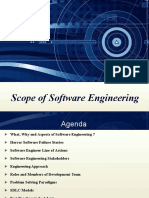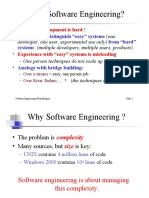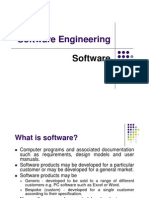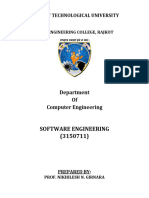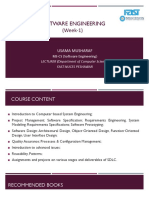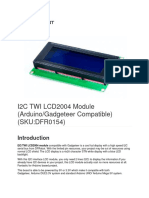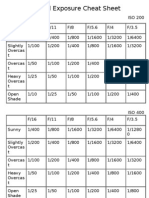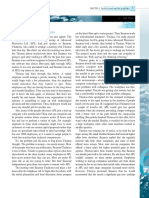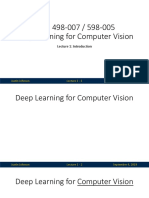0% found this document useful (0 votes)
40 views20 pages1 Software Engineering Essentials m1 Intro Slides
Software Engineering is a highly sought-after discipline that applies systematic and quantifiable approaches to software development, operation, and maintenance. It consists of three main layers: Process, Methods, and Tools, which guide the software lifecycle from requirements to deployment and evolution. Various process models, such as Agile and Waterfall, are utilized based on project needs and organizational maturity.
Uploaded by
sr.ravisankar2025Copyright
© © All Rights Reserved
We take content rights seriously. If you suspect this is your content, claim it here.
Available Formats
Download as PDF, TXT or read online on Scribd
0% found this document useful (0 votes)
40 views20 pages1 Software Engineering Essentials m1 Intro Slides
Software Engineering is a highly sought-after discipline that applies systematic and quantifiable approaches to software development, operation, and maintenance. It consists of three main layers: Process, Methods, and Tools, which guide the software lifecycle from requirements to deployment and evolution. Various process models, such as Agile and Waterfall, are utilized based on project needs and organizational maturity.
Uploaded by
sr.ravisankar2025Copyright
© © All Rights Reserved
We take content rights seriously. If you suspect this is your content, claim it here.
Available Formats
Download as PDF, TXT or read online on Scribd
/ 20

